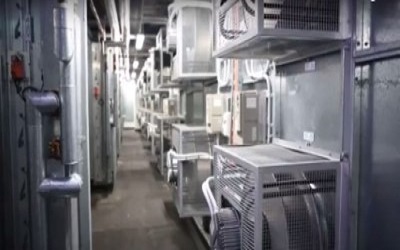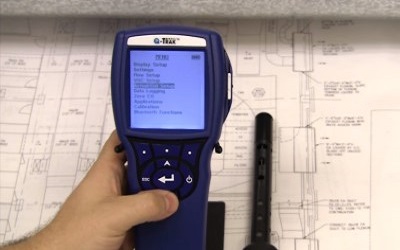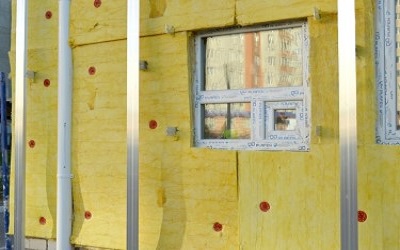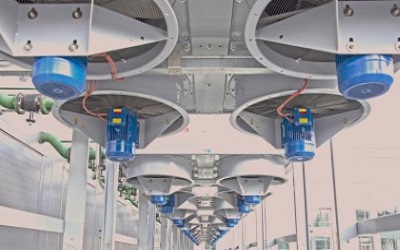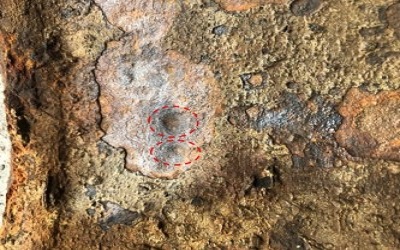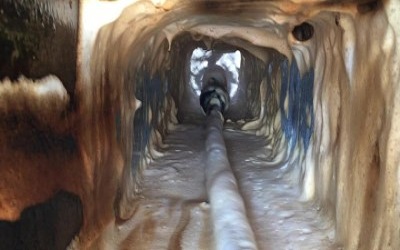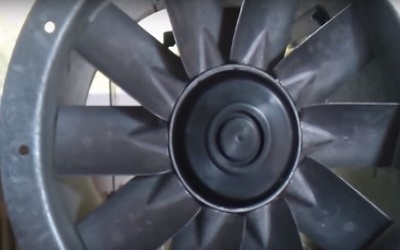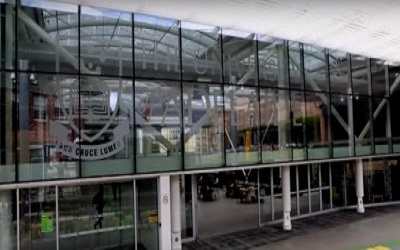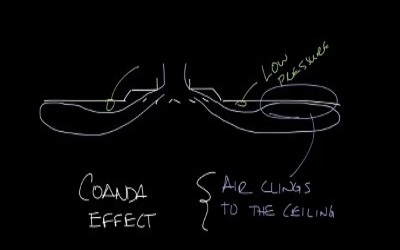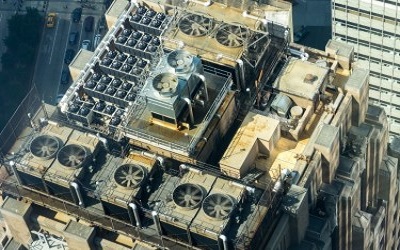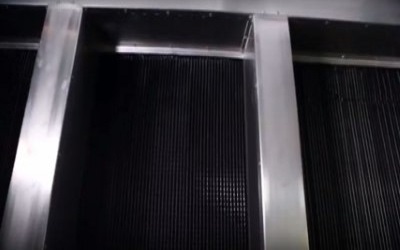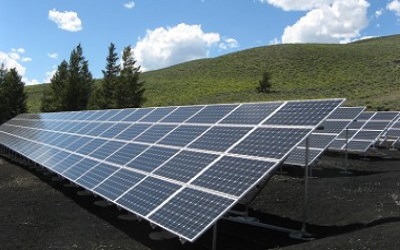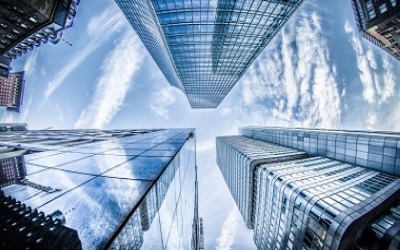Wet bulb depression efficiency evaporative cooling
Wet bulb depression efficiency evaporative cooling
For those who have been to Malaysia, the first thing you ever experience walking out of the airport would be the humidity front that hit you like a wall. The air is dense with moisture. Evaporative cooling is not effective in that climate zone.
My first exposure to evaporative cooling was in Adelaide in 2005, I was put to task to come out with the technical specification of some direct evaporative air conditioners that the company was promoting. I knew nothing about evaporative cooling, had not used it nor designed anything that resembled evaporative cooling. The more I learned about evaporative cooling, the more I felt enlightened … and started to ask myself why use “vapour compression” cooling? It marked the beginning of my love for evaporative cooling.
In 2009, while in KBR I designed the single passed ‘indirect’ evaporative cooling/vapour compression system for the Clipsal 50 temporary ‘permanent’ Grandstand, it consisted of direct evaporative cooling units, coupled to Industrial Air packaged systems complete with air to air heat exchangers. By contrast, they were primitive compared to the indirect evaporative cooling system for the University of Adelaide Hub Central, designed in 2010/2011.
When you are evaluating an evaporative cooling system, one important concept that you need to be aware of is the wet bulb depression efficiency.

Where:
to = System outlet or supply air dry bulb temperature (°C)
ti = Air inlet (ambient) dry bulb temperature (°C)
twi = Air inlet (ambient) wet bulb temperature (°C)
Hence, wet bulb depression efficiency or evaporation efficiency of the unit determined in accordance with AS 2913 and as declared by the manufacturer (%)
For instances the direct evap cooling (dec) represented by the blue line and indirect evap cooling (iec) in orange line below
The wet bulb depression efficiency can be calculated for both dec and iec as follows;
wet bulb depression efficiency (dec) = (39 – 25) / (39 – 22) x 100% = 82%
and
wet bulb depression efficiency (iec) = (39 – 19.5) / (39 – 22) x 100% = 115%
Try the wet bulb depression efficiency calculator below
Hint Hint: with the indirect heat mass evaporative cooling, the wet bulb depression efficiency is more than 100%, in other words, it is able to cool the supply air temperature below the supply air wet bulb temperature.
Further reading
https://www.airah.org.au/Content_Files/HVACRNation/2012/February2012/HVACRNation_2012_02_01.pdf
Related
Read more: Fan wall
Read more: How to verify the percentage of outside air in an enclosure
Read more: BCA Part J5 Air-conditioning system control
Read more: Microbial Induced Corrosion (MIC) in Pipes
Read more: Is your kitchen exhaust system a fire hazard
Read more: What is coanda effect
